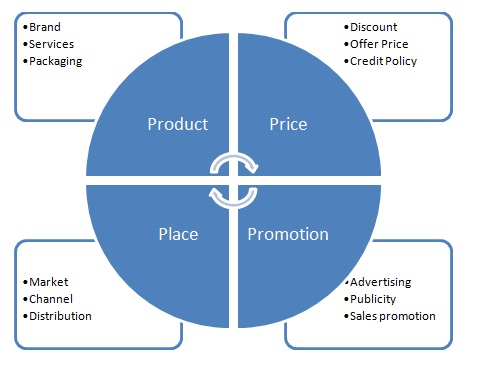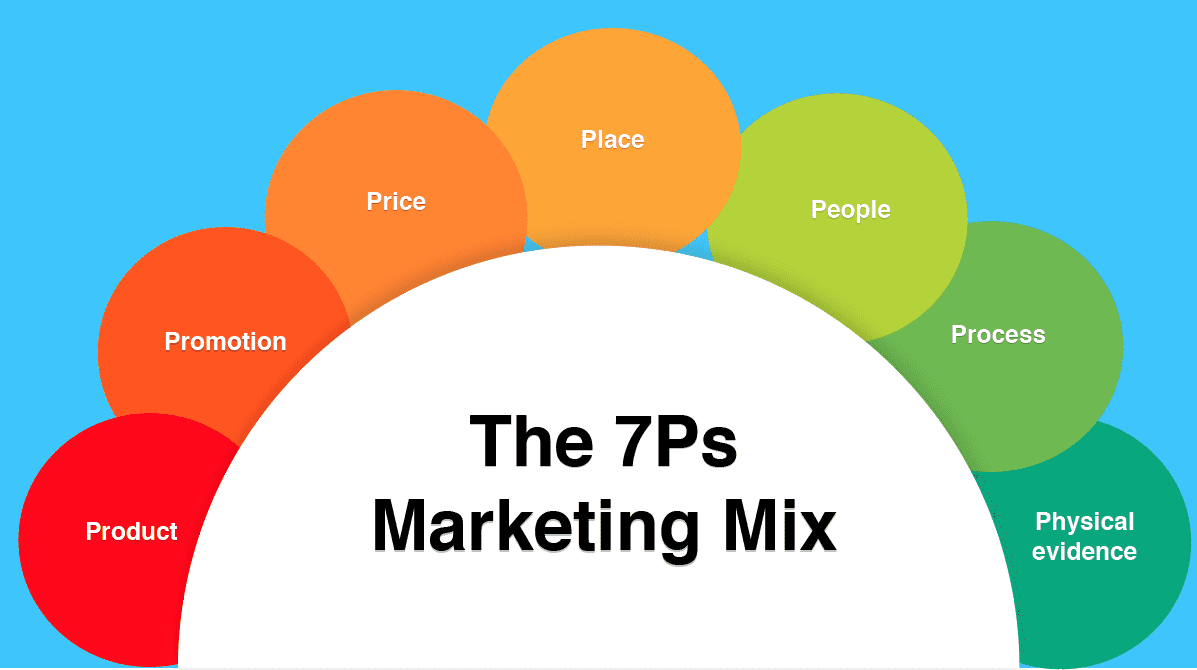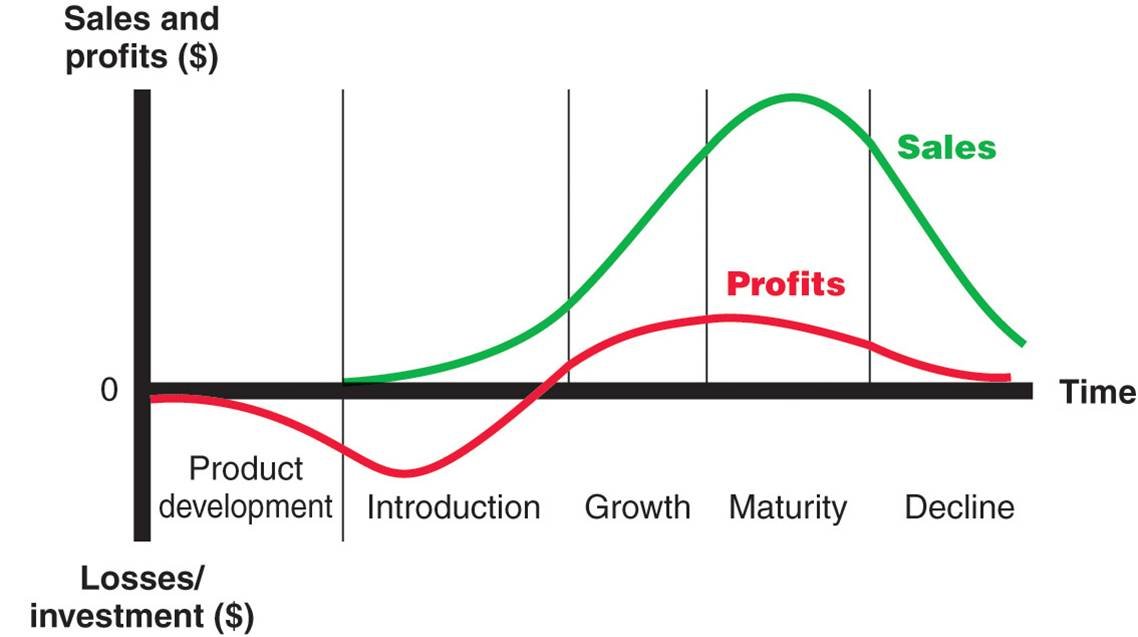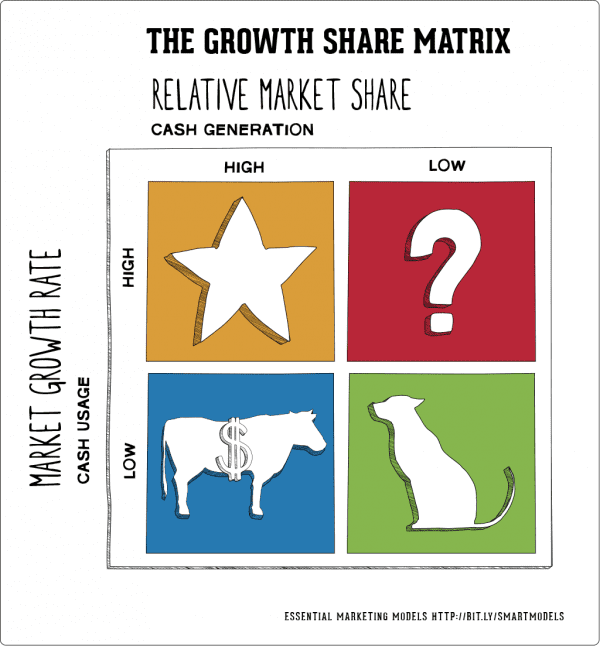Old Definition:
Marketing is a social and managerial process by which individuals and groups obtain what they need and wan through creating offering and exchanging products of value with others.
New Definition:
Producing and Distributing the right goods:
- To the right people
- At the right place
- At the right time
- With the right communication and promotion
Satisfaction = ∑Utilities
- Form => Quality, Quantity, Packaging, Design
- Place => Online, Offline
- Time => Standard Operating Procedure
- Possession => Good Brand Value
- Food
- Shelter
- Water
- Clothes
- Human needs shaped by society.
- Ex: Instead of Public transport you want a car.
- You may want a Tesla Model 3 instead of Nissan.
Needs area always there in the market so Marketer always creates wants for social status
The STP Model consists of three steps that help you analyze your offering and the way you communicate its benefits and value to specific groups.
STP stands for:
- Step 1: Segment your market.
- Step 2: Target your best customers.
- Step 3: Position your offering.
This model is useful because it helps you identify your most valuable types of customer, and then develop products and marketing messages that ideally suit them. This allows you to engage with each group better, personalize your messages, and sell much more of your product.
Follow the steps below to apply the STP Model in your organization.
Your organization, product or brand can't be all things to all people. This is why you need to use market segmentation to divide your customers into groups of people with common characteristics and needs. This allows you to tailor your approach to meet each group's needs cost-effectively, and this gives you a huge advantage over competitors who use a "one size fits all" approach.
There are many different ways to segment your target markets. For example, you can use the following approaches:
- Demographic – By personal attributes such as age, marital status, gender, ethnicity, sexuality, education, or occupation.
- Geographic – By country, region, state, city, or neighborhood.
- Psychographic – By personality, risk aversion, values, or lifestyle.
- Behavioral – By how people use the product, how loyal they are, or the benefits that they are looking for.
(You can use Simonson and Rosen's Influence Mix to identify factors that influence customer purchases.)
Example
The Adventure Travel Company is an online travel agency that organizes worldwide adventure vacations. It has split its customers into three segments, because it's too costly to create different packages for more groups than this.
Segment A is made up of young married couples, who are primarily interested in affordable, eco-friendly vacations in exotic locations. Segment B consists of middle-class families, who want safe, family-friendly vacation packages that make it easy and fun to travel with children. Segment C comprises upscale retirees, who are looking for stylish and luxurious vacations in well-known locations such as Paris and Rome.
Next, you decide which segments to target by finding the most attractive ones. There are several factors to consider here.
First, look at the profitability of each segment. Which customer groups contribute most to your bottom line?
Next, analyze the size and potential growth of each customer group. Is it large enough to be worth addressing? Is steady growth possible? And how does it compare with the other segments? (Make sure that you won't be reducing revenue by shifting your focus to a niche market that's too small.)
Last, think carefully about how well your organization can service this market. For example, are there any legal, technological or social barriers that could have an impact? Conduct a PEST Analysis to understand the opportunities and threats that might affect each segment.
It can take a lot of effort to target a segment effectively. Choose only one segment to focus on at any one time.
Example
The Adventure Travel Company analyzes the profits, revenue and market size of each of its segments. Segment A has profits of $8,220,000, Segment B has profits of $4,360,000, and Segment C has profits of $3,430,000. So, it decides to focus on Segment A, after confirming that the segment size is big enough (it's estimated to be worth $220,000,000/year.)
In this last step, your goal is to identify how you want to position your product to target the most valuable customer segments. Then, you can select the marketing mix that will be most effective for each of them.
First, consider why customers should purchase your product rather than those of your competitors. Do this by identifying your unique selling proposition , and draw a positioning map to understand how each segment perceives your product, brand or service. This will help you determine how best to position your offering.
Next, look at the wants and needs of each segment, or the problem that your product solves for these people. Create a value proposition that clearly explains how your offering will meet this requirement better than any of your competitors' products, and then develop a marketing campaign that presents this value proposition in a way that your audience will appreciate.
Example
The Adventure Travel Company markets itself as the "best eco-vacation service for young married couples" (Segment A).
It hosts a competition on Instagram® and Pinterest® to reach its desired market, because these are the channels that these people favor. It asks customers to send in interesting pictures of past eco-vacations, and the best one wins an all-inclusive trip.
The campaign goes viral and thousands of people send in their photos, which helps build the Adventure Travel Company mailing list. The company then creates a monthly e-newsletter full of eco-vacation destination profiles.
The STP Model helps you position a product or service to target different groups of customers more efficiently. This three-step approach helps you quickly zoom in on the most profitable parts of your business, so that you can fully exploit the opportunities these offer.
To use the model, start by segmenting your market into groups. Next, choose which of these you want to target. Last, identify how you want to position your product, based on the personality and behavior of your target market.
Maslow's hierarchy of needs is a theory by Abraham Maslow, which puts forward that people are motivated by five basic categories of needs: physiological, safety, love, esteem, and self-actualization.
- According to Maslow, we have five categories of needs: physiological, safety, love, esteem, and self-actualization.
- In this theory, higher needs in the hierarchy begin to emerge when people feel they have sufficiently satisfied the previous need.
- Although later research does not fully support all of Maslow’s theory, his research has impacted other psychologists and contributed to the field of positive psychology.
What is a SWOT analysis? SWOT stands for Strengths, Weaknesses, Opportunities, and Threats, and so a SWOT analysis is a technique for assessing these four aspects of your business.
SWOT Analysis is a simple tool that can help you to analyze what your company does best right now, and to devise a successful strategy for the future. SWOT can also reveal areas of the business that are holding you back, or that your competitors could exploit if you don't protect yourself.
The four Ps of marketing are the key factors that are involved in the marketing of a good or service. They are the product, price, place, and promotion of a good or service. Often referred to as the marketing mix, the four Ps are constrained by internal and external factors in the overall business environment, and they interact significantly with one another.
The 4 Ps of marketing is a marketing is a concept that summarizes the four basic pillars of any marketing strategy.
The four Ps of marketing are:
- Product: What you sell. Could be a physical good, services, consulting, etc.
- Price: How much do you charge and how does that impact how your customers view your brand?
- Place: Where do you promote your product or service? Where do your ideal customers go to find information about your industry?
- Promotion: How do your customers find out about you? What strategies do you use, and are they effective?
Product
- Variety
- Quality
- Design
- Brand name
- Packaging
Place
- Channel
- Coverage
- Location
- Transport
Price
- List Price
- Discount Price
Promotion
- Advertising
- Promotion
- Publicity
4 Ps +
-
Physical Evidence: How we reassure our customers, e.g. impressive buildings, well-trained staff, great website?
-
Processes: Are there internal process barriers in the way to delivering the best customer value?
-
People: Who are our people and are there skills gaps?
Stackbucks Continued
People
- Professional
- Skilled
- Positive attitude
Process
- Quick Service
- Customized cup
- Feedback loop
Physical evidence
- Modern Furniture
- Uniform
- Sign board
- Non smoking
- Kids play area
We all know that customers need excellent service, and they want it fast. Is there a way to do it cheaply? The principle of the “Iron Triangle” suggests not:
The principle suggests that, of the three points of the Iron Triangle, you can only have two at a time—not three. Think about it:
- If you provide high-quality support quickly, you would expect it to be expensive to do.
- If you provide quick service by inexpensive means, you might expect it to be of poor quality.
- When you provide high-quality service but don’t spend a ton of money to do so, you probably expect it to be slow.
The product life-cycle (PLC) refers to the different stages a product goes through from introduction to withdrawal.
The product life-cycle refers to a likely pathway a product may take. It has implications for the marketing strategy of a firm as it seeks to introduce, grow and maintain market share.
In this case, the product has four stages:
- Introduction – when the product is introduced and struggles to gain brand recognition.
- Growth – advertising and word of mouth helps the product to increase sales. As sales growth, more firms are willing to stock the product which helps the product to grow even further.
- Maturity – When the product reaches peak market penetration.
- Decline – the product gets eclipsed by new products
Diffusion of Innovation (DOI) Theory, developed by E.M. Rogers in 1962, is one of the oldest social science theories. It originated in communication to explain how, over time, an idea or product gains momentum and diffuses (or spreads) through a specific population or social system. The end result of this diffusion is that people, as part of a social system, adopt a new idea, behavior, or product. Adoption means that a person does something differently than what they had previously (i.e., purchase or use a new product, acquire and perform a new behavior, etc.). The key to adoption is that the person must perceive the idea, behavior, or product as new or innovative. It is through this that diffusion is possible.
Adoption of a new idea, behavior, or product (i.e., "innovation") does not happen simultaneously in a social system; rather it is a process whereby some people are more apt to adopt the innovation than others. Researchers have found that people who adopt an innovation early have different characteristics than people who adopt an innovation later. When promoting an innovation to a target population, it is important to understand the characteristics of the target population that will help or hinder adoption of the innovation. There are five established adopter categories, and while the majority of the general population tends to fall in the middle categories, it is still necessary to understand the characteristics of the target population. When promoting an innovation, there are different strategies used to appeal to the different adopter categories.
- Innovators - These are people who want to be the first to try the innovation. They are venturesome and interested in new ideas. These people are very willing to take risks, and are often the first to develop new ideas. Very little, if anything, needs to be done to appeal to this population.
- Early Adopters - These are people who represent opinion leaders. They enjoy leadership roles, and embrace change opportunities. They are already aware of the need to change and so are very comfortable adopting new ideas. Strategies to appeal to this population include how-to manuals and information sheets on implementation. They do not need information to convince them to change.
- Early Majority - These people are rarely leaders, but they do adopt new ideas before the average person. That said, they typically need to see evidence that the innovation works before they are willing to adopt it. Strategies to appeal to this population include success stories and evidence of the innovation's effectiveness.
- Late Majority - These people are skeptical of change, and will only adopt an innovation after it has been tried by the majority. Strategies to appeal to this population include information on how many other people have tried the innovation and have adopted it successfully.
- Laggards - These people are bound by tradition and very conservative. They are very skeptical of change and are the hardest group to bring on board. Strategies to appeal to this population include statistics, fear appeals, and pressure from people in the other adopter groups.
The Boston Consulting group’s product portfolio matrix (BCG matrix) is designed to help with long-term strategic planning, to help a business consider growth opportunities by reviewing its portfolio of products to decide where to invest, to discontinue or develop products. It's also known as the Growth/Share Matrix.
The Matrix is divided into 4 quadrants based on an analysis of market growth and relative market share, as shown in the diagram below.
- 1. Dogs: These are products with low growth or market share.
- 2. Question marks or Problem Child: Products in high growth markets with low market share.
- 3. Stars: Products in high growth markets with high market share.
- 4. Cash cows: Products in low growth markets with high market share
The Ansoff Matrix, also called the Product/Market Expansion Grid, is a tool used by firms to analyze and plan their strategies for growth. The matrix shows four strategies that can be used to help a firm grow and also analyzes the risk associated with each strategy.
The matrix was developed by applied mathematician and business manager, [H. Igor Ansoff,](http://faculty.msb.edu/homak/homahelpsite/webhelp/Content/Growth Matrix - Ansoff Growth Matrix.pdf) and was published in the Harvard Business Review in 1957. The Ansoff Matrix has helped many marketers and executives better understand the risks inherent in growing their business.
The four strategies of the Ansoff Matrix are:
- Market Penetration: This focuses on increasing sales of existing products to an existing market.
- Product Development: Focuses on introducing new products to an existing market.
- Market Development: This strategy focuses on entering a new market using existing products.
- Diversification: Focuses on entering a new market with the introduction of new products.
Of the four strategies, market penetration is the least risky, while diversification is the riskiest.
Master plan that the management of a company implements to secure a competitive position in the market.
- Corporate Level => Business lines, Expansion and growth, takeovers and mergers, diversification, integration, new areas for investment and divestment and so forth.
- Business Level => It is developed by the general managers, who convert mission and vision to concrete strategies. It is like a blueprint of the entire business.
- Functional Level: Developed by the first line managers or supervisors, to solve functional areas like marketing, production, human resources, research and development.
:max_bytes(150000):strip_icc():format(webp)/maslow-s-hierarchy-of-needs--scalable-vector-illustration-655400474-5c6a47f246e0fb000165cb0a.jpg)







